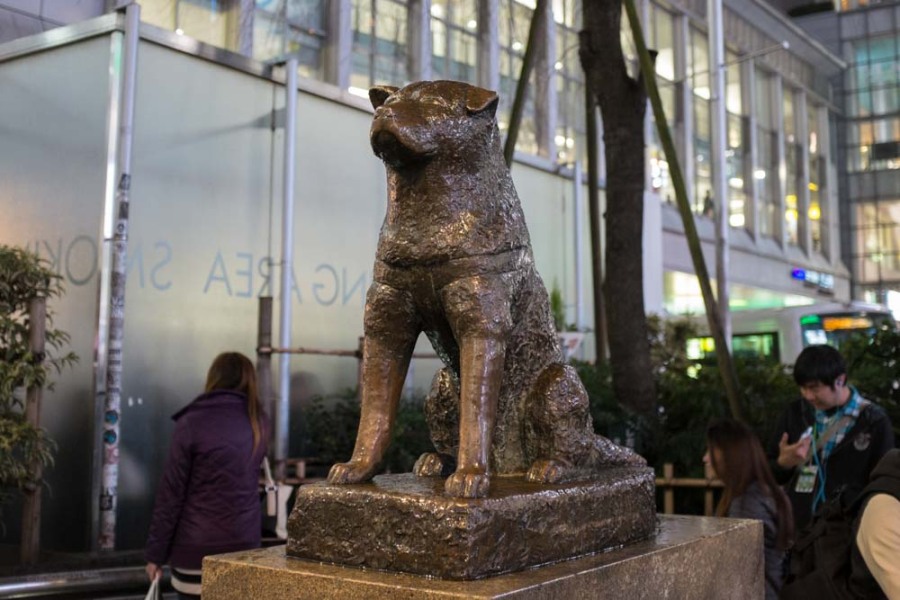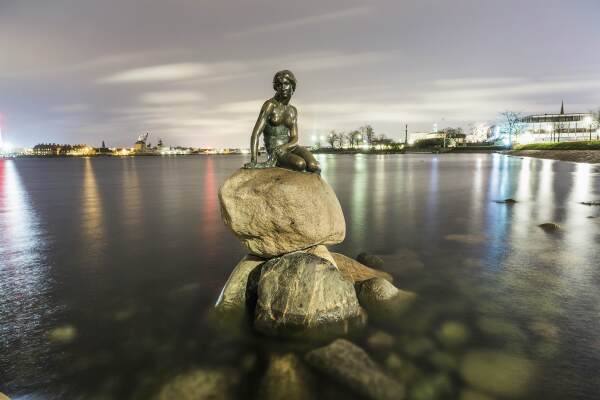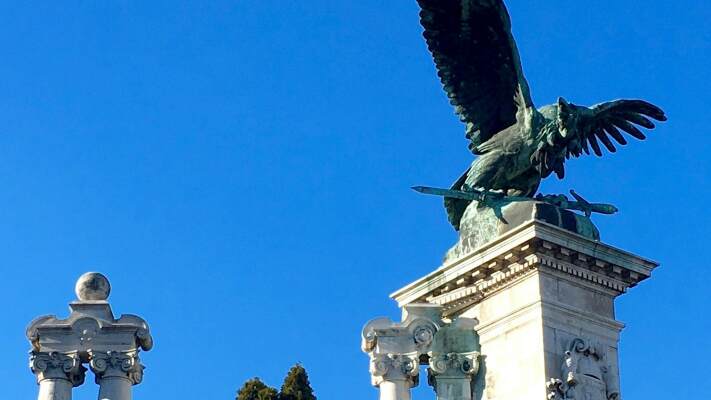Hachiko Statue

The Hachiko Statue in Shibuya, Kanto is a famous landmark that pays tribute to the loyal Akita dog named Hachiko. The statue is located outside of Shibuya Station and is a popular meeting spot for locals and tourists alike. Hachiko became known for his unwavering loyalty to his owner, Professor Hidesaburo Ueno, who passed away in 1925. Despite his owner's death, Hachiko continued to wait for him at the station every day for nine years until his own death in 1935.
The bronze statue of Hachiko was unveiled in 1934 and has since become a symbol of loyalty and devotion in Japanese culture. The statue is a beloved landmark in Shibuya and serves as a reminder of the bond between humans and animals. Visitors often come to the statue to take photos, pay their respects, and learn about the heartwarming story of Hachiko. Overall, the Hachiko Statue is a touching tribute to a faithful dog and a must-see landmark for anyone visiting Shibuya.
Vampire Movie Filming Locations
The Hachiko Statue in Shibuya, Kanto, is a famous landmark in Japan that commemorates the loyalty of a dog named Hachiko. The statue is a popular meeting spot for locals and tourists alike, and has been featured in various movies and television shows over the years.
One notable use of the Hachiko Statue as a filming location was in a vampire movie. The filmmakers chose the statue as a backdrop for a scene that required a dramatic and iconic setting. The statue's significance as a symbol of loyalty and devotion added emotional depth to the scene, enhancing the overall impact of the movie.
The filmmakers worked closely with local authorities and businesses to ensure that filming at the Hachiko Statue was conducted respectfully and with minimal disruption to the surrounding area. The statue's iconic status made it a perfect choice for the movie, and its inclusion in the film helped to further establish the location as a cultural touchstone in Japanese cinema.
Overall, the use of the Hachiko Statue as a filming location in a vampire movie demonstrates the versatility and significance of this iconic landmark in Shibuya, Kanto. Its inclusion in the film added depth and emotional resonance to the story, and further solidified the statue's place in popular culture.





